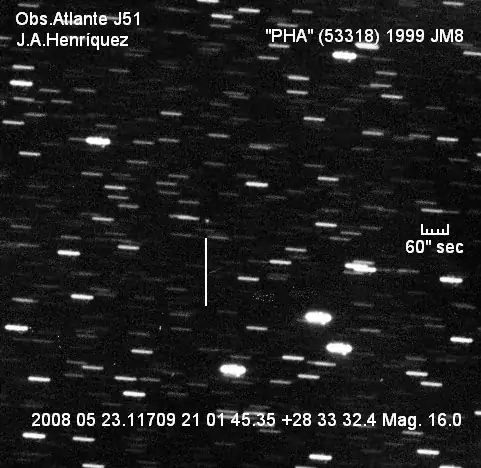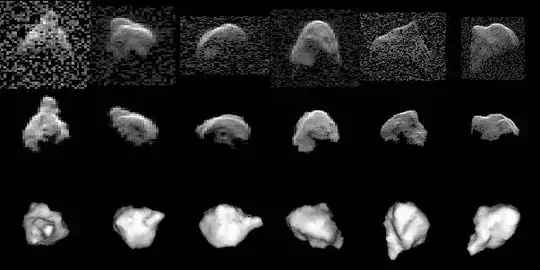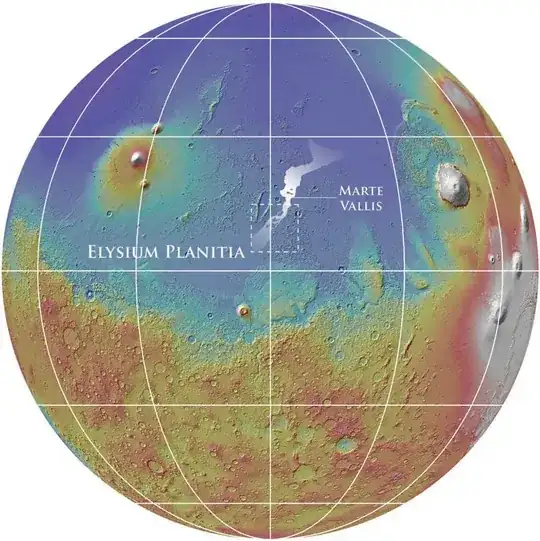The short and sweet answer is 'no'. The reason, however, may not be what you want. Neither would be very good in deep space as active sensor systems. That is, radar would have no advantages over light, because neither would be particularly effective.
If radar were the preferred method of sensing things in space, we would have scanned Mars with very high energy radar from earth. Unfortunately, we had to get the source of the radar (the satellite) as close to the planet as we could, before usefully using it to scan the surface.
One problem with ANY EM signal, be it light, radar, infrared, long wavelength, short wavelength, is the fact that the time lag is doubled. From the time you send out the pulse and it arrives at the object, the object has moved. By the time the pulse is reflected back to you, the object has moved twice the distance. You have to repeatedly paint the object in order to get any kind of targeting information. So the problem? You can not paint the object at any frequency greater than the period of the time to get the signal to the object and back again, otherwise the return signal is conflated with every other signal. At long distances, this could be hours, or even days.
Another problem, as stated, is the degradation of the signal. Imagine looking at Mars through a telescope. Okay, the details are low resolution. But this image is from generally reflected light doing a one-way trip. Now imagine how much more degraded the signal would be if we had to SEND it to Mars in the first place?
A third problem, is the insignificance of any signal we could send out in the first place, compared to the background radiation noise. Why would we send out a proportionally weak signal to reflect back off the object, when the universe is saturating that object with its own illuminating radiation? Just use passive sensors to detect what the universe is providing anyway. Why shine a flashlight at Mars, when the Sun is a much bigger flashlight?
To be at all useful, whatever active sensor one uses, would have to be in a very directed coherent cohesive beam. I am thinking a laser beam, or lidar. To my knowledge, light is the only edit active sensor beam we can currently get into a coherent beam. But even lidar diffuses at great distances, so it might be possible to know that some sort of object was where you pointed the beam, but the signal would be so diffuse that getting any detail of the object would be impossible. This is information that you probably could have gotten just as effectively using passive sensors to detect radiation given off or incident radiation reflected by by the object itself.
I suggest that any active sensor system to be used in space would have to be something that paints the object with enough energy that the object itself is excited enough to emit its own radiation, in some method that your passive sensors could detect. That is, perhaps paint it with something like a concentrated directed beam of gamma rays and cause it to glow. Do klieg lights give off gamma rays?


